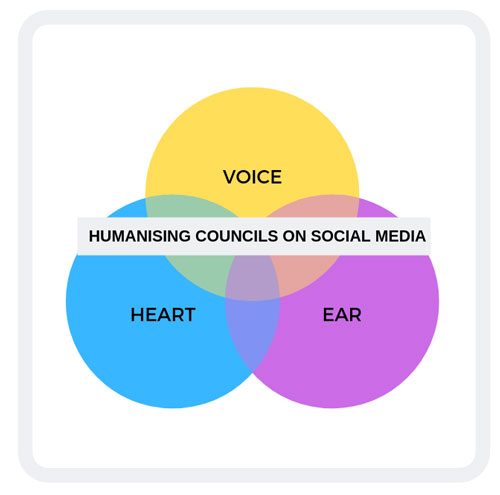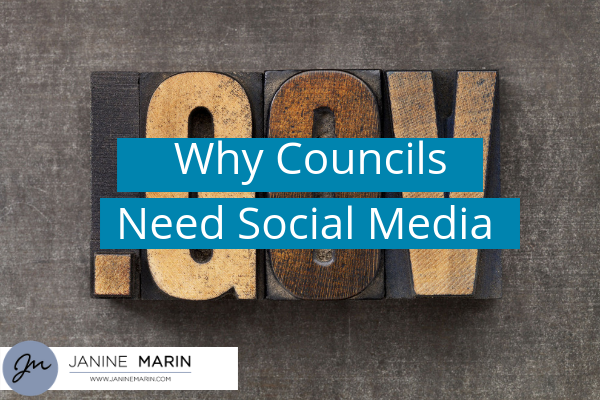Why Councils Need Social Media
People all over the world use social media – individuals share personal photos and anecdotes, businesses market goods and services and politicians promote their platforms. One can access information about social movements, scientific discoveries and even celebrity news through social media.
Likewise, social media is the ideal tool for local councils to connect with their citizens and improve their relationship with the communities they serve.
However, council social media is not being used to its full potential.
The majority of councils continue to focus on traditional information channels, such as newspapers, radio and television.
Social media gives councils a face.
Social media is more than a communication tool for councils – it provides them with a face, and humanises what was once seen as an impersonal organisation (though, ironically, one that served people). The goal for every council is to build relationships and it can do this by leveraging social media’s ability to make it a person, and not a thing.
Social media gives unprecedented access to conversations, attitudes and perceptions to better understand, listen and respond to constituents. There are three ways for councils to use social media to accomplish these goals – voice, ear and heart.

1. Voice – Social media is an opportunity to COMMUNICATE.
Councils no longer have to rely on the media to get information out, but can engage with their target audience directly, using their own words and brand voice.
Direct engagement is always useful in enabling an organisation to frame its message, but it becomes extremely important in times of crisis. For example, during the Brisbane floods in the summer of 2010 and 2011, Brisbane City Council used social media to impart life-saving information directly to its residents.
2. Ear – Social media is an opportunity to LISTEN.
The idea of social media being a tool to issue information is well known. Better yet, social media use creates two-way, and even multi-way, interaction with its audience. This provides fantastic opportunities for a council to engage with its community, and to invite feedback and conversation. And posts with more active and thoughtful engagement will have more reach.
3. Heart – Social media provides a chance to EMPATHISE.
By engaging with citizens through social media councils put themselves at the heart of the community, where they can demonstrate shared values, and find opportunities for collaboration, learning, innovation and creativity with their audience.
People will turn to them for information about local events, to celebrate local residents and in times of crisis. By figuring out what their local citizens are concerned about, councils can use social media to engage and empathise with those concerns.
Barriers to council adoption.
If social media can provide so many benefits to councils, why is it not widely used?
Some of these reasons councils don’t adopt a social media program are:
- a lack of resources;
- a lack of understanding of digital and social media;
- problems with training staff in social media activities;
- ensuring there is an up-to-date and comprehensive social media policy; or
- ensuring its brand has a consistent voice and messages across all platforms.
Yes, some of these are legitimate barriers, but they are not insurmountable. The Sensis Social Media Report 2017 found that the average Australian spends more than 10 hours per week on Facebook alone.
This should be a wakeup call for government. It’s time for councils to find solutions to the barriers above, and make sure social media is working for them.
Custom social media training for teams, councillors and individuals available – click here or contact Janine for more information.
NEW ONLINE COURSE:
Social Media 101 for Councillors
Are you a Local Government elected member keen to improve your social media presence?
Leave your email to get early bird prices and the latest course information
Thank you for your interest - keep an eye out for the discount code for early bird pricing and further course information.



